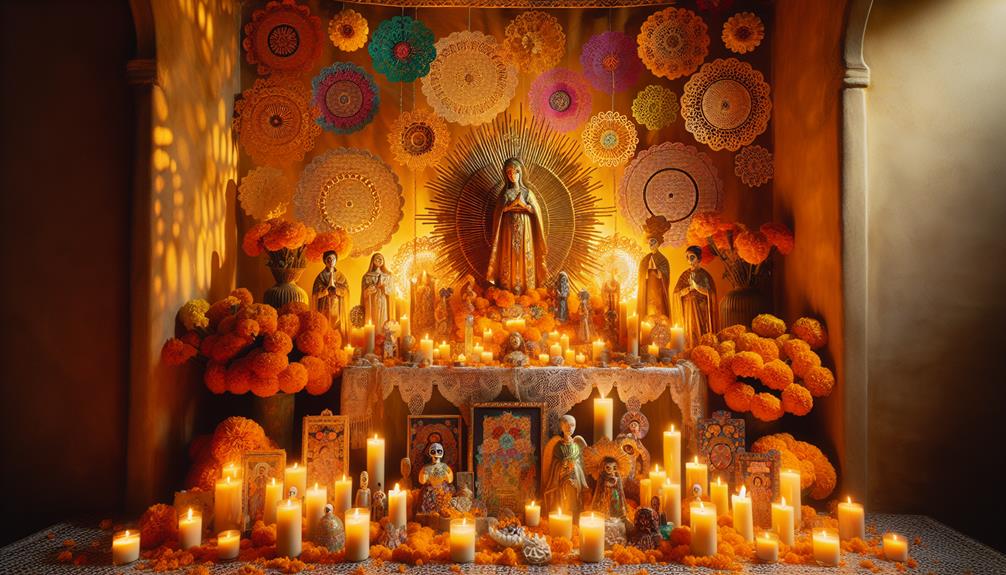Litigation refers to the process of taking legal action or resolving disputes through the court system. As outlined in the Munley Law Glossary, litigation encompasses various steps, including the filing of lawsuits, pre-trial motions, discovery, trial, and, if necessary, appeals. It serves as a formal mechanism for individuals and organizations to seek justice, resolve conflicts, and enforce legal rights. Understanding litigation is essential for anyone involved in legal matters, as it can be complex and multifaceted.
The Process of Litigation
Litigation typically follows several stages, each with its own unique procedures and requirements:
- Pre-Litigation: Before formally initiating a lawsuit, parties often engage in negotiations or alternative dispute resolution (ADR) methods to resolve their issues amicably. This can include mediation or arbitration, which are generally less formal and can be more cost-effective than going to court.
- Filing a Lawsuit: If negotiations fail, the plaintiff can file a complaint in the appropriate court. This document outlines the claims against the defendant and the relief sought. The court will then issue a summons to the defendant, notifying them of the lawsuit.
- Answering the Complaint: The defendant has a specified period to respond to the complaint, usually by filing an answer or a motion to dismiss. This response outlines the defendant’s defenses and may include counterclaims against the plaintiff.
Discovery: This phase involves both parties gathering evidence to support their claims or defenses. Discovery can include:
- Interrogatories: Written questions that one party sends to another.
- Depositions: Sworn statements taken from witnesses or parties involved in the case.
- Requests for Production: Requests for documents or other evidence relevant to the case.
Pre-Trial Motions: Prior to the trial, parties may file various motions to resolve issues or limit the scope of the trial. This can include motions for summary judgment, which seek to resolve the case without a trial based on the evidence presented.
Trial: If the case proceeds to trial, both sides will present their evidence and arguments before a judge or jury. The trial may involve opening statements, witness testimony, cross-examinations, and closing arguments. The judge or jury will then render a verdict.
Post-Trial Motions and Appeals: After a verdict is reached, the losing party may file post-trial motions to challenge the outcome or seek a new trial. If those motions are denied, the party may appeal the decision to a higher court.
Types of Litigation
Litigation can take many forms, depending on the nature of the dispute. Some common types include:
- Civil Litigation: This encompasses a wide range of disputes between individuals or organizations, including contract disputes, property disputes, personal injury claims, and family law matters.
- Criminal Litigation: Involves cases where the government prosecutes an individual or organization for violating criminal laws. Criminal litigation can lead to penalties such as fines, imprisonment, or community service.
- Commercial Litigation: Focuses on disputes arising in the business context, such as disputes between businesses, partnership disagreements, and issues related to corporate governance.
- Employment Litigation: Involves disputes between employers and employees regarding workplace issues, such as wrongful termination, discrimination, harassment, and wage disputes.
- Intellectual Property Litigation: Deals with disputes related to the protection of intellectual property rights, such as patent infringement, trademark disputes, and copyright issues.
Importance of Litigation
Litigation serves several critical purposes in the legal system:
- Enforcement of Rights: Litigation provides a mechanism for individuals and organizations to enforce their legal rights and seek remedies for wrongs committed against them.
- Resolution of Disputes: It offers a structured process for resolving disputes, ensuring that both parties have the opportunity to present their cases before an impartial judge or jury.
- Establishment of Precedent: Court decisions in litigation cases can establish legal precedents, shaping the interpretation of laws and guiding future cases.
- Deterrence: The prospect of litigation can deter wrongful conduct, as individuals and organizations may be less likely to engage in unlawful behavior if they know they may face legal consequences.
Challenges of Litigation
Despite its benefits, litigation can also present challenges:
- Cost: Legal fees, court costs, and other expenses associated with litigation can be significant, potentially making it financially burdensome for individuals and small businesses.
- Time: Litigation can be a lengthy process, often taking months or even years to resolve. This extended timeframe can lead to frustration and uncertainty for the parties involved.
- Emotional Stress: The adversarial nature of litigation can be emotionally taxing, as parties may experience anxiety, stress, and conflict throughout the process.
Litigation is a fundamental aspect of the legal system, providing a formal process for resolving disputes and enforcing legal rights. As defined by the Munley Law Glossary, it encompasses a range of stages, from filing a lawsuit to trial and potential appeals. Understanding the intricacies of litigation is essential for individuals and organizations navigating legal challenges. While litigation can be complex and costly, it plays a vital role in maintaining justice and accountability within society.
